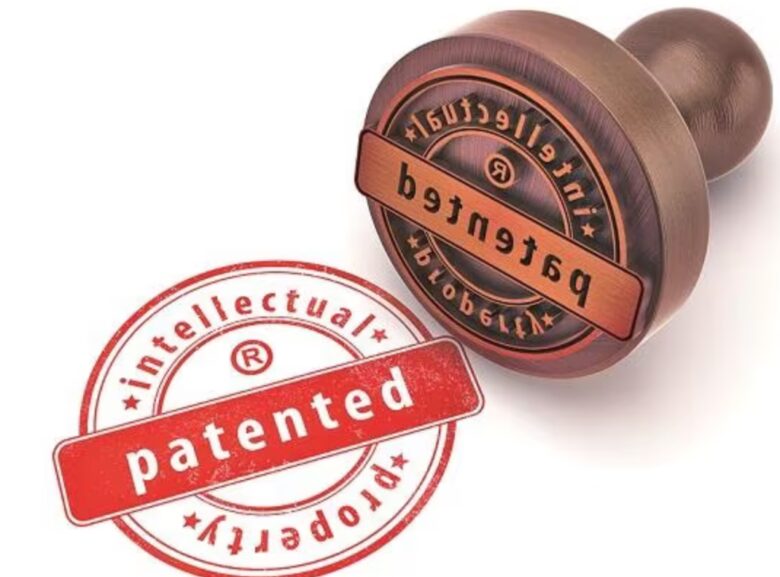As aspiring inventors and entrepreneurs, you are faced with a pivotal decision: to patent or not to patent your brilliant ideas. This choice holds immense significance, as it directly impacts your rights, legal protection, and financial commitment. Today, we embark on a comprehensive exploration of the pros and cons of patenting, featuring compelling case studies, expert insights, and valuable tips to empower you to make a well-informed and strategic choice.
Contents
Understanding Patents
At the heart of the inventor’s dilemma lies the patent—an official, government-granted exclusive right that confers protection to your invention for a substantial period, typically 20 years. The primary goal of patents is to incentivize innovation, fostering a culture of creativity and groundbreaking discoveries. Within the patent realm, there are distinct types catering to different creations. Utility patents cover novel and practical inventions, design patents focus on the ornamental appearance of a product, while plant patents safeguard new plant varieties developed via asexual reproduction.

Source: business-standard.com
Pros of Patenting Your Idea
As you consider patenting, the allure of exclusive rights beckons. Acquiring a patent grants you the legal authority to control every aspect of your invention, affording a competitive edge in a crowded market. Moreover, patents act as a formidable shield, bestowing you the power to enforce your rights and ward off unauthorized use or replication. An invaluable benefit is the potential to capitalize on licensing deals, where other companies pay you for the privilege of utilizing or manufacturing your ingenious creation.
In the annals of success, legendary inventor James Dyson stands tall as an exemplar. His patented bagless vacuum cleaner not only shielded his innovation from copycats but paved the way for licensing and collaborative ventures, culminating in unparalleled prosperity.
Cons of Patenting Your Idea
Yet, the path of patenting is not without its challenges and detours. Embarking on the patenting journey can prove arduous and time-consuming, replete with intricate paperwork and rigorous interactions with patent offices. The financial aspect is equally demanding, with costs spanning initial filing fees to legal expenses, potentially burdening inventors with substantial investments.
While patents have heralded victories, they are not always a panacea. The reality for smaller inventors can be daunting, as enforcing patent rights against deep-pocketed competitors may prove formidable, rendering the sought-after protection ineffectual. Additionally, rapid technological advancements can render patented ideas obsolete, leaving inventors grappling with the unforeseen evolution of the market landscape.

Source: thestreet.com
Cost-Benefit Analysis
A prudent inventor seeks clarity amidst this intricate tapestry of costs and advantages. A comprehensive cost-benefit analysis emerges as the compass, aiding you in navigating this challenging terrain. Consider not only the upfront financial implications but also the long-term ramifications. With patents in hand, you secure a limited monopoly, permitting you to dictate the usage and commercialization of your creation. In turn, this exclusivity can be a potent driver for higher profits and market dominance, particularly if your invention addresses an urgent market need. Before delving into the financial issues a patent might bring your way, seek professional help from InventHelp or similar outlets.
Alternatives to Patenting
In your quest for protection, consider alternative intellectual property avenues that align with your invention’s nature and strategic objectives. Embarking on the road of trade secrets could be an alluring choice if your invention thrives in secrecy. This approach entails preserving your invention’s confidential information, withholding it from the public domain, and reaping perpetual protection from competitors’ prying eyes.
Alternatively, copyrights may prove the key to safeguarding your artistic or literary creations. While they do not shield functional aspects of inventions, copyrights shield your creative expressions, encompassing literary works, art, music, and more.
Market Factors and Timing
The elusive aspect of timing plays a pivotal role in your patenting journey. When the stars align, and your invention’s debut coincides with an opportune market window, swift patenting can bestow a significant advantage. Capitalizing on the initial surge of interest can foster early market dominance and solidify your position as a trailblazer.
On the flip side, a market with rapidly evolving technologies or volatile consumer preferences demands thoughtful consideration. If your invention risks obsolescence within a brief span, redirecting resources towards patenting may prove ill-advised. Instead, adaptability and agility in seizing immediate opportunities may bolster your competitive edge.

Source: research.macrosynergy.com
Industry-Specific Considerations
While the patenting path beckons, its relevance varies across industries. The technology sector thrives in an ever-changing landscape, where defensive publishing—publicly disclosing your inventions to deter competitors from patenting similar ideas—emerges as a strategic maneuver. In contrast, the healthcare and pharmaceutical domains often lean on patents to fortify investments in extensive research and development, weathering protracted timelines and formidable financial commitments.
Global vs. Local Patents
With ambitions embracing international shores, the labyrinth of global patents unfurls. For those seeking protection beyond borders, the allure of safeguarding your invention across multiple countries holds promise. Yet, this expansive approach comes hand-in-hand with intricate complexities and elevated costs, necessitating astute navigation through varying patent laws and procedures.
Conversely, focusing on local patents can prove more pragmatic if your primary markets center around specific countries or regions. A targeted approach streamlines costs and streamlines the patenting process, catering to a market-centric protection strategy.
Case Studies
The profound wisdom emanating from real-life case studies empowers your decision-making process. Company XYZ, pioneers in revolutionary logistics management software, chose not to patent their invention. Opting instead for trade secrets and copyrights, they sprinted ahead, seizing an early market advantage and establishing a robust customer base. While competitors lurked, the company’s swift iteration and cutting-edge solutions solidified their sustainable competitive edge.
Conversely, Company ABC navigated a different course, securing a patent for their breakthrough medical device targeting the healthcare domain. This strategic move unlocked the gateway to licensing deals with major healthcare corporations, galvanizing substantial revenue growth, and catapulting their device into an industry-standard.

Source: epsteinlawyers.com
Expert Opinions
The wisdom garnered from intellectual property experts and seasoned attorneys resonates profoundly in this complex domain. Their clarion call for a tailored approach echoes the importance of assessing your invention’s uniqueness, market potential, and long-term business aspirations. Patenting emerges as a robust tool for protection and commercialization, but its efficacy rests on the meticulous alignment of resources, competitive landscapes, and the relentless march of technological progress.
Conclusion
In the cauldron of the inventor’s dilemma, thoughtful evaluation emerges as the crucible of success. As you venture forth on your patenting odyssey, engage in thorough analysis, delving into every facet of your invention’s potential. Embrace a strategic perspective, where patents amplify strengths and alternatives cater to weaknesses. Balance the scales with comprehensive cost-benefit assessments, unveiling the paths most aligned with your aspirations.
